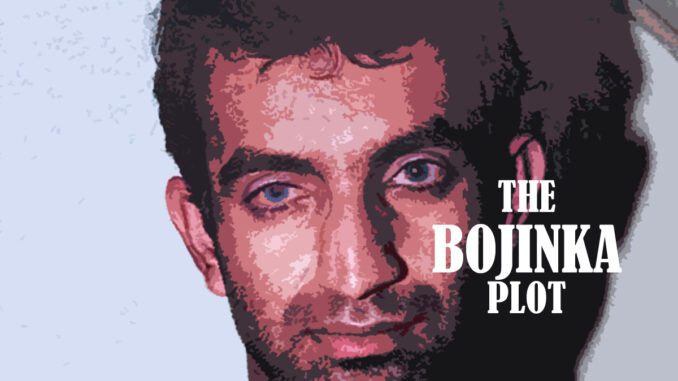
When you first encounter the Bojinka plot, it may feel as if you’re reading the synopsis of a 90s B-Grade action movie. The event takes place in an exotic location, with an assassination attempt planned for a high profile target in the bustling streets of Manila.
The Bojinka plot, planned by Ramzi Yousef and Khalid Sheikh Mohammed, is composed of three parts. Beginning with the assassination of Pope John Paul II. They then planned to blow up 11 planes en route from Asia to the United States, which had the potential to kill thousands of passengers while also halting international air travel. They then planned to crash a plane into the headquarters of the United States Central Intelligence Agency (CIA) in Fairfax County, Virginia.
Today, we will take a closer look at how a small lapse in judgement potentially saved thousands of lives. The event being so large and sinister in scale, it is said to have been the precursor to the 9/11 acts of terror.
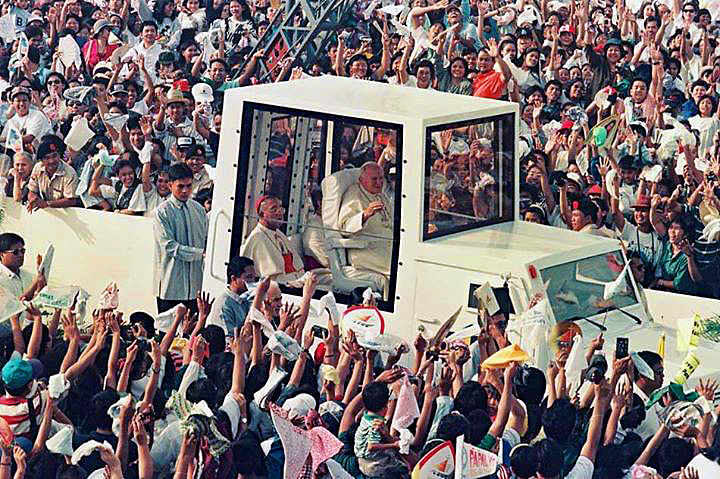

To assassinate a Pope in Manila
The Bojinka plot was a complex plan that encompassed three key elements. The first to take place was an assassination attempt, the target being Pope John Paul II. It would take place during his visit to the Philippines for World Youth Day festivities in 1995.
Due to the ethnic, and cultural make up of the nation, the Pope’s visit to the Philippines was always going to be sensitive. The majority of the Philippines is a staunchly Catholic nation, but despite this, it is still home to a sizeable Muslim population. The country does have a long history of terrorism, which makes the visit seem like a potential flash point which may lead to a broader conflagration.
A suicide bomber dressed as a priest was to detonate a suicide vestment as Pope John Paul II drove by in his motorcade to the San Carlos Seminary in Makati. The assassin’s objective was to get as near to the Pope as possible before detonating the device.
The planned killing of Pope John Paul II was meant to draw attention away from the next step of the operation. Due to this, a lot was riding on this part of the plot coming to fruition. Before January 1995, Yousef went to the extent of training 20 guys to carry out this heinous deed.
Yousef had been receiving funding for these operations from numerous terrorist cells. Several of these men would receive the money through their partners, who were Manila locals. The money was sent through many small transactions to avoid raising suspicion.
During this time both Ramzi Yousef and Khalid Sheikh Mohammed had been testing airport security in the region to begin the next phase of their attack. The pair were searching for vulnerabilities by pushing the limit of what they could get past security check points.
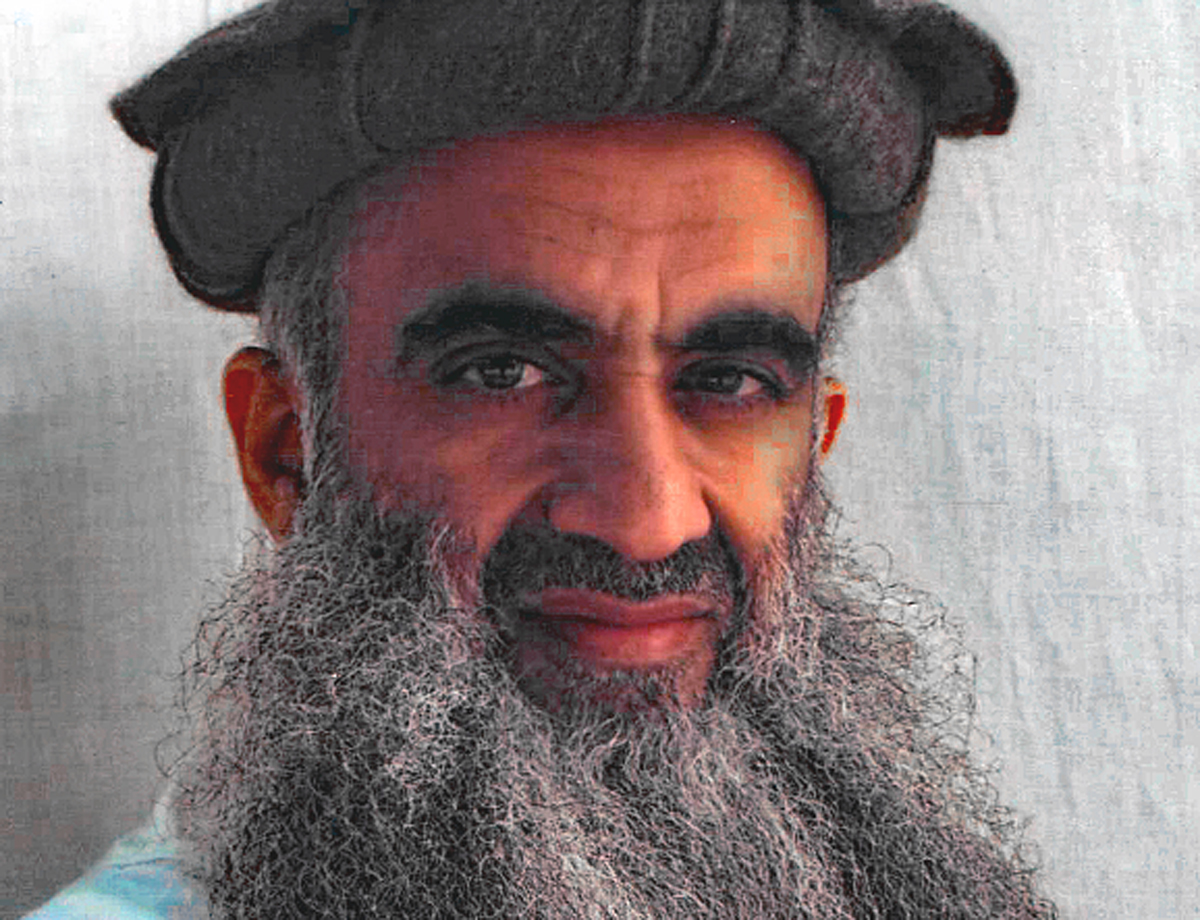

The blueprint to 9/11: A plot to bring down an airliner
Abdul Hakim Murad and Ramzi Yousefm a fellow conspirator, were booked into room 603 of the Doña Josefa Apartments on December 8. Yousef mistakenly put his real name on the form during the check-in process, so the duo had to ask for new forms.
The manager of the apartments, Edith Guerrera, laughed and said that perhaps they were unsure of their names. This one is just one of the many incidents that caused the manager to become suspicious of the pair.
These apartments, in Malate, are 660 feet (0.2 km) from the Holy See’s Philippines diplomatic station and 1,600 feet (0.49 km) away from Manila Police, which is located across the street from the Apostolic Nunciature.
Room 603 has a window which faces down the road the Papal procession was supposed to follow. The pair managed to carry out some test bombings. Yousef carried out a test of his bomb in a Cebu City mall.
According to witnesses, the device detonated long after he placed it inside the generator room. It only did slight damage, but it demonstrated to Yousef that his bomb was capable of being deployed.
Yousef had also been responsible for a bomb detonating on Philippine Airlines flight 434, killing a Japanese passenger on board, and injuring others. These were dangerous men who had every intention of creating chaos with their plans.
Yousef and Murad would experiment with different chemical combinations in their flat using a cooking pot. Unfortunately, or perhaps fortunately, the compounds they used were liable to explode, fire, or create toxic vapours if misused.
The inevitable finally happened, the pair set fire to their apartment.
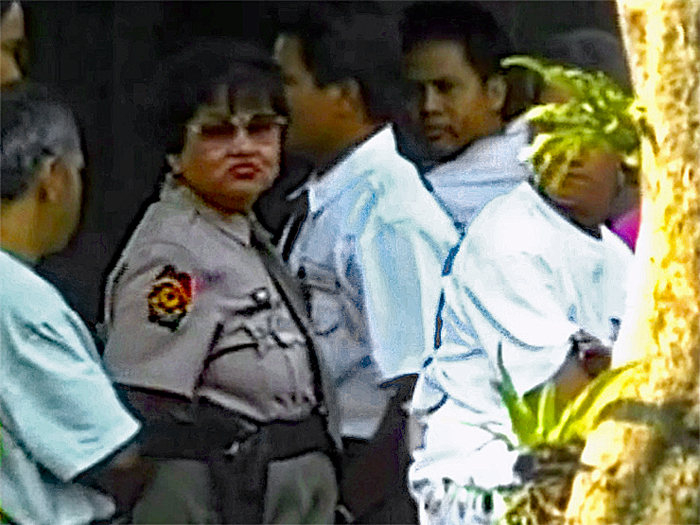

This incident occurred at about 10:40 p.m. on January 6, according to the police reports. The entire batch of chemicals the pair were working with ignited, with a subsequent fire spreading within the room.
The two men escaped along the corridor, but as they did so, smoke began to stream into the hall, raising the suspicions of the security guards on duty in the complex. One of the security guards, called Mariano, burst into the room to investigate, his eyes stinging from the smells.
When he went outside to try to apprehend the two guys, he discovered that the conspirators had vanished.
Meanwhile, a police station down the street, had received a call reporting a fire alarm and smoke coming from the top floor. The watch commander looked down the street to see if there was any sign of the blaze. Nothing looked out of place, but she still went ahead and sent an officer to investigate.
The officer returned to report the issue was simply a couple of Pakistanis playing with firecrackers. The commander didn’t buy it. The Pope was scheduled to visit Manila, so security was a high priority. Anything out of the ordinary needed attention, so the Commander went to investigate for herself.
On arrival to the Dona Josefa apartment building, the commander received an update from one of the doormen. He mentioned the occupants of the room containing the fire had fled the scene.
The commander went to observe the scene of the fire. The apartment was full of empty chemical containers, and different electrical components. It resembled the scenes of an action movie, the room was just too dangerous, so the group was ordered to return to the lobby.
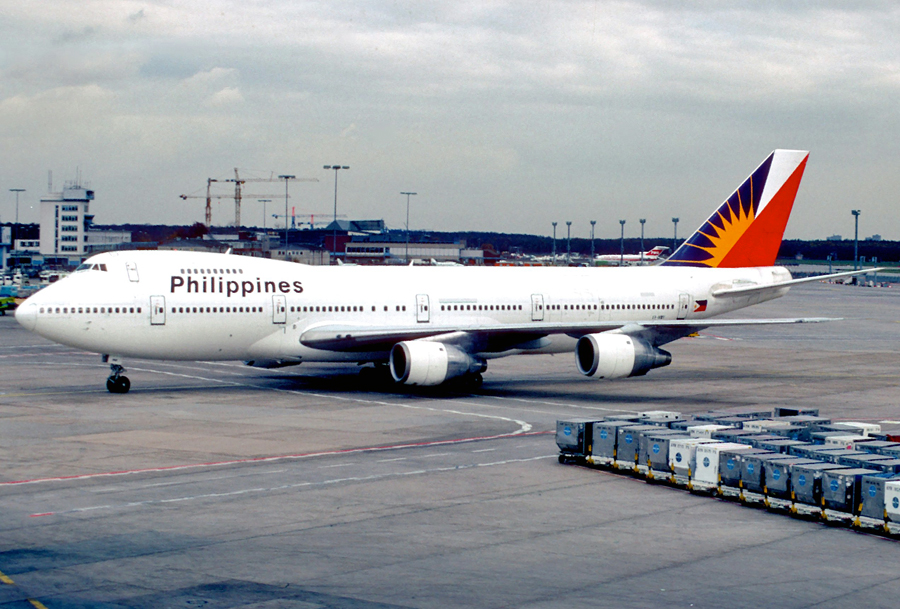

Bojinka Plot unravels: The downfall of Abdul Hakim Murad
Yousef realised he had forgotten to take his precious laptop from the building. This laptop contained all the plans and details for their Bojinka plot.
Meanwhile, the local police commander had been carrying out her inspection of the scene with her colleagues.
Yousef managed to persuade Murad to return to retrieve it, while he waited outside the apartment. Instead, Murad was arrested immediately on return to the apartment. He had been recognised as an occupant of the room by one of the doormen.
The entire burnt-out flat was scraped for evidence, including seizure of the laptop. The room was full of bomb making equipment along with an assortment of chemicals used in the process. On top of this there was a manual written in Arabic on how to make liquid bombs.
The Manila police, while analysing the seized laptop, discovered many of Yousefs shady manuals and files. Along with several of his identities and the dreaded Bojinka blueprint, which led to his arrest. The reason such an intelligent individual as Yousef would make the mistake of not appropriately encrypting his laptop remains a mystery – but there you have it: a sinister scheme found by chance.
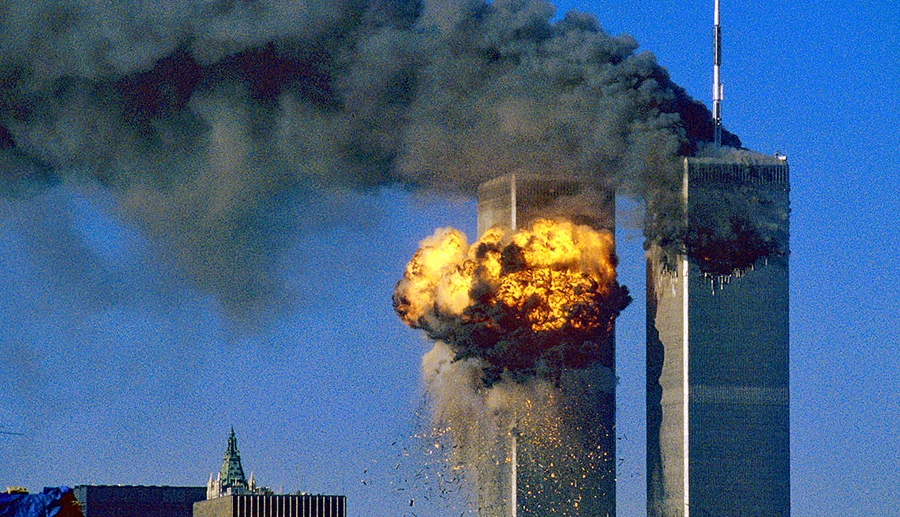

Phase 2 – The bombing of multiple airliners
The pairs bombing campaign against the Pope had really been intended to conceal the second part of their mission. As a result of the information contained on the laptop seized in the Manila residence, this would never come to fruition.
There were at least five terrorists involved in the second phase of the attack, including Yousef, Murad, Shah, and two other unidentified individuals. They were to plant bombs on 11 United States-bound planes that made stopovers in various locations around East Asia and Southeast Asia.
Each flight would make a stopover where the terrorists would disembark, having already set the bombs during the subsequent flight. The planes would then blow up over the Pacific once the flight disembarks on the next leg of their journey.
If this plot had been successful, it would have resulted in the deaths of many thousand people and the cessation of air travel around the world.
If the scheme had been carried out, the United States authorities believed that 4,000 people would have died. Compare this to the 3,000 people killed in the United States during the September 11 attacks.
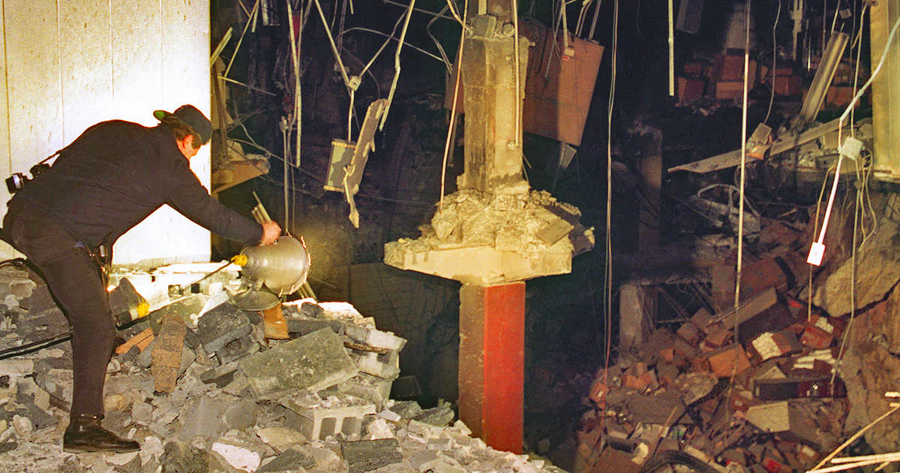

Phase 3 – To fly a plane into the CIA Headquarters.
The third and last phase of the conspiracy was revealed by Abdul Hakim Murad when he was under investigation by the Philippine National Police. Phase 3 was an aerial attack.
Murad planned on either renting, purchasing, or hijacking a small aeroplane. The plane would be stuffed with bombs, of course. He would then crash it into the Central
Intelligence Agency’s headquarters in the Langley district of Fairfax County, Virginia, killing everyone onboard. As a pilot, Murad had completed his training in North Carolina he was intent on becoming a suicide pilot.
According to journalists Marites Daguilan Vitug and Glenda M. Gloria, when Murad refused to speak during the interrogation, agents struck him with a chair and a club made of wood until he gave in.
They shoved water into his mouth using force while smashing out lit cigarettes on his testicles. Murad’s ribs had been thoroughly fractured and broken. The fact that he had lived astonished the agents. As reported by an investigator, he ultimately confessed after
being threatened by a Mossad operative who pretended to be an Israeli intelligence agent and informed him of his imminent deportation to Israel.
In April 1995, the Philippines conveyed information about the Bojinka plan to the United States of America. A 23-day manhunt ended with Yousef’s capture in the Su-Casa guest house in Islamabad, Pakistan, on February 7, 1995.
Following a successful raid. In December 1995, Wali Khan Amin Shah, the financier of the operation, was apprehended in Malaysia. From there he was extradited to the United States.
As a result of their involvement in the scheme, all three conspirators were sentenced to life in prison. In addition to his life sentence for the 1993 World Trade Center bombing, Yousef was sentenced to 240 years in prison for the attack.
It was decided that Yousef would be punished on January 8, 1998, and that Murad would be sentenced on May 16, 1998. Since August 1998, Shah has cooperated with the government on several projects, and was released in 2021. ALthough he was classed as a stateless person, so he has been indefintely detined while awaiting the deportation process..
When you review this plot, you can see that the world had a narrow escape. The planned events would have been the most devastating terrorist attack in history. Had the fire not broken out in the Manila apartment, and caught the attention of the watch commander Aida Fariscal, the plot would have gone ahead as planned.
The intuition of Aida lead to thousands of lives being saved, despite her heroic action she continued to live a humble life there in the capital of the Philippines.
Click here to read more aboutthe vibrant history of the Philippines


Be the first to comment